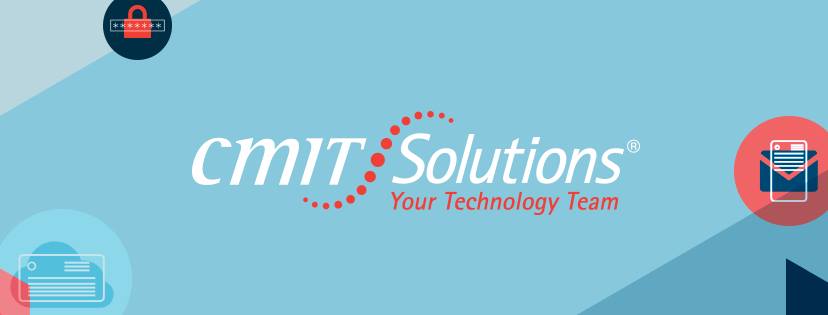Tuesday, April 24, 2012
Add Movies to your Powerpoint Presentations!
For example, let's say you’re doing a presentation for a prospective client. You will have your slides about the services you offer, and you might want to include a collection of video testimonials from satisfied customers.
Here are the simple steps on how to actually do it:
1. Make the video and save it in a commonly used video format such as AVI, MPEG, or WMV. This will ensure that the presentation will successfully play, regardless of what kind of computer you’re using.
2. Save the video in the same folder as your presentation. In the presentation, go to the slide where you want the video to play. If you’re in PowerPoint 2003, go to the Insert menu, select Movies and Sounds, select From File, and choose the movie you want. Using PowerPoint 2007, you have two options: If the slide layout includes a content placeholder, click the Insert Movie button in the placeholder, or you can click the Movie button in the Media Clips group, which is located on the Insert tab (pictured below): The 2010 version of PowerPoint changes the name of the button from “Movie” to “Video,” but essentially works the same.
3. Whether you’re using the 2003, 2007, or the 2010 version, you’ll be prompted to specify whether you want the video to play automatically or only when you’ve manually clicked it.
And it is as simple as that!
One important thing to remember: unlike pictures or drawings, videos are not actually embedded in presentations. They’re linked files. The presentation has to know where to “look” when you ask it to play the video, and if you move the video after you set up the link in the presentation, PowerPoint won’t know where to find the original video. Just make sure the video is stored in a logical place before you link it. The most logical place, of course, is in the same folder as the presentation itself – thus Step #2 above. Keeping all relevant files in the same place also makes for easy copying if you need to save the presentation to a CD or USB drive.
Friday, April 20, 2012
CMIT @ the 7th Annual NY Business Expo

The 7th Annual NY Business Expo - Only the largest trade show for small & mid-sized businesses! There will be unlimited networking opportunities being that there are over 10,000 attendees and plenty of business seminars.
Date: May 2-3, 2012
@ the Javits Center in New York City
CMIT Solutions booth number is 418. There will be raffles with a chance to win some great prizes!
Come down to see us and stay up to date with the best business practices for your company. We will show you how to keep your data safe from disasters and keep your business at it's highest level of efficiency.
CMIT owner Tim Davis will be speaking at the event! The topic of the seminar is ““Cracking The Gen Y Code: Selling & Marketing to a Generation That Refuses to be Sold To.”
“Technology allows us to communicate better, but you still need communication skills to make the technology meaningful.” – Tim Davis
